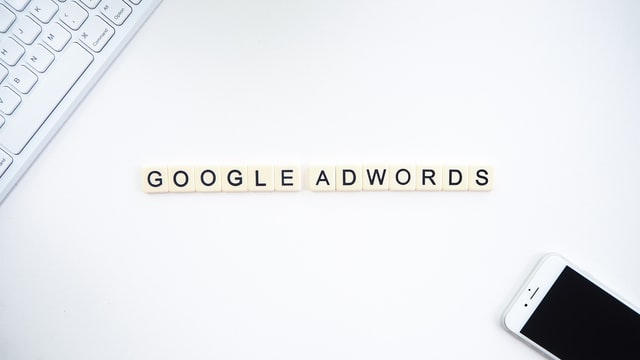How Do Google Ads Work?


Quick Navigation
Google is the most popular search engine on the internet, so it should come as no surprise that Google Ads is a great place to spend your marketing dollars. Before you jump right onto the Google Ads train, it’s important to first understand how it works, why Google Ads matters, and the best principles to follow to ensure you get the most out of your Google Ads marketing efforts.
Google Ads is a platform created by Google that allows users to pay for advertising, also known as pay-per-click (PPC). The advertiser, which would be you in this case, is responsible for paying Google a set rate for each click a user makes on your ad.

Image via Unsplash by launchpresso
This platform lets you design and share ads that are timed to fit into the schedule in which your target audience is most often online. This means that you’ll get exposure to your ideal audience right at the moment when they are looking for services or products that your company offers, greatly increasing your chances of traffic to your website and higher conversion rates.
Google Ads is an incredibly useful tool for businesses to get their company recognized among the competition on the internet. In fact, the competitive rate of Google Ads is around 87%, which means your ad is fairly promoted compared to competitors using Google Ads and can ultimately lead to your business being seen as a competitor in your industry. Additionally, Google Ads gets 65% of the clicks that began with buying keywords, compared to only 35% of clicks received by organic search results.
Last but not least, Google Ads users make an estimated $8 in revenue for every $1 they spend on Google Ad campaigns. Plus, Google receives more than five billion search queries each day as a trusted resource used by people all over the world.
This means that you are likely to make at least eight times the investment you make in Google Ads from increased sales that come directly from your PPC advertisements with Google. In short, using Google Ads is a proven and effective way to increase your business’s online exposure, boost online traffic to your website, and increase conversion rates that ultimately lead to a better bottom line for your organization.
Google Ads puts your business’s ad in an area where potential customers and leads will see it when they search for a product or service related to your company. Each advertiser — which is you in this instance — bids on keywords, and the top bidder is placed at the top of the search engine results pages (SERPs) on Google, relevant websites, YouTube videos, and more depending on the ad campaign you choose to run.
Several factors influence how well your ads will perform. These factors include:
What you pay for with Google Ads is directly related to how many people click on your ad. You can also set a monthly budget limit that indicates to Google how often it should show your ads to get the calls and clicks within your budget. For example, if you set a budget of $150, Google may give you 250 clicks. This means that after 250 users have clicked on your website, your ad will stop being shown until your budget resets.
You can adjust, start, or stop ads at any time. You can also adjust your budget, so, for example, if you want to increase advertising around a busy holiday, you could up your budget for the few months leading up to that holiday.
The following are a few best practices to keep in mind when using Google Ads:
Google Ads is a great way to get your company in front of your target audience. Take time to familiarize yourself with this program to ensure you get the most out of your Google Ad campaigns.

Everything You Need to Know About SEM
SEM | 4 min read